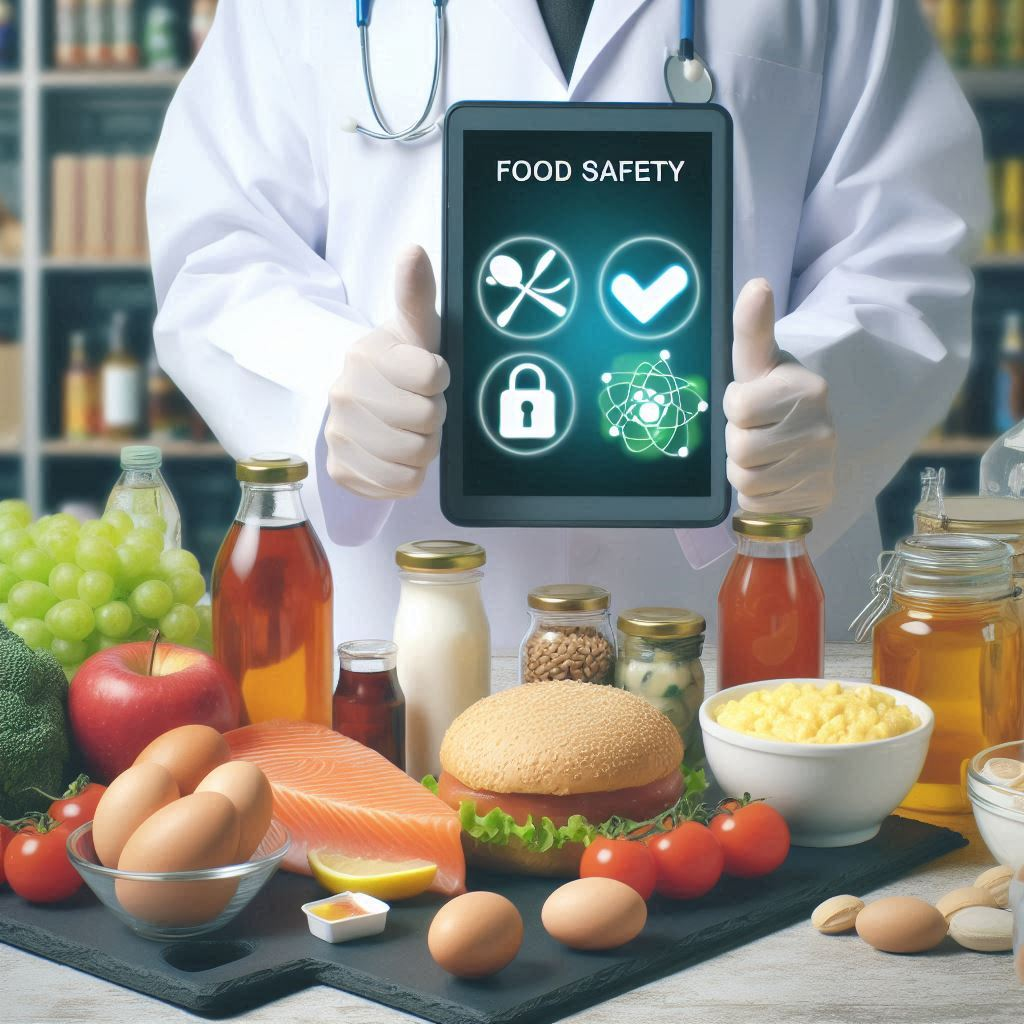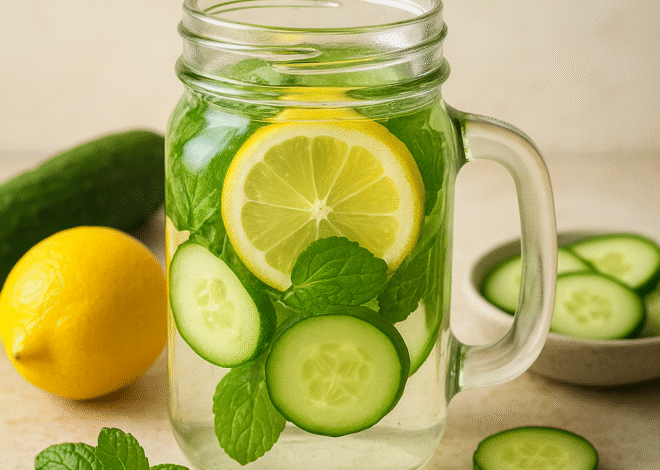
The Best Tips To Keep Your Food Fresh And Healthy During Monsoon

As the monsoon season arrives, it brings with it a welcome respite from the heat and a refreshing change in the atmosphere. However, the increased humidity and moisture can also pose challenges for food preservation and hygiene. To enjoy the bounty of this season without compromising on health, it is crucial to take proactive measures in keeping your food fresh and nutritious. In this blog, we will explore effective strategies to ensure that your meals remain healthy and safe during the monsoon.
1. Understanding the Challenges of Monsoon
Monsoon brings along not only rainfall but also elevated humidity levels, which can lead to several issues affecting food:
- Spoilage and Mold Growth: High humidity can create an ideal environment for mold and bacteria to thrive, leading to rapid spoilage of perishable items.
- Pest Infestation: Moist conditions can attract pests like ants, cockroaches, and flies, further compromising food safety.
- Nutritional Degradation: Improper storage conditions can result in the loss of essential nutrients, especially in fruits and vegetables.
2. Smart Shopping Practices
To ensure you’re buying only the freshest produce, consider these tips:
- Choose Fresh Produce: When grocery shopping, look for seasonal fruits and vegetables. They are not only fresher but also more nutritious and flavorful. Seasonal produce is typically harvested at its peak, ensuring better taste and higher nutrient content.
- Inspect for Quality: Pay close attention to the freshness of the items you select. Choose fruits and vegetables that are firm, unblemished, and free from mold or discoloration.
- Buy in Smaller Quantities: Instead of bulk buying, consider purchasing smaller quantities of perishables to reduce the likelihood of spoilage. This way, you can enjoy them while they’re still fresh.
3. Proper Storage Techniques
Storage plays a critical role in keeping food fresh during the monsoon. Here are some effective strategies:
- Use Airtight Containers: Store dry goods like grains, nuts, and spices in airtight containers to prevent moisture absorption. This helps maintain their quality and flavor.
- Refrigerate Wisely: Keep fruits and vegetables that require refrigeration in the vegetable drawer of your fridge, where humidity is controlled. Ensure your refrigerator is set to the appropriate temperature (below 40°F or 4°C) to slow down spoilage.
- Keep Dry Foods Dry: Store items like flour, sugar, and rice in a cool, dry place. Consider using silica gel packets or storing them in the freezer to absorb excess moisture.
- Use Fresh Produce Quickly: Prioritize consuming fresh produce within a few days of purchase. Incorporate them into your meals or snacks to minimize waste.
4. Preserving Nutrition
Keeping food fresh and nutritious is crucial during the monsoon. Here are some tips:
- Eat Seasonal Fruits and Vegetables: Incorporate monsoon-friendly foods like cucumbers, gourds, and leafy greens into your diet. These foods are not only hydrating but also a powerhouse of vitamins and minerals.
- Opt for Cooking Methods that Preserve Nutrients: Steaming, boiling, or sautéing vegetables can help retain their nutrient content better than frying. Consider preparing soups, salads, and stir-fries to maximize the benefits of seasonal produce.
- Add Antioxidant-Rich Foods: Include foods rich in antioxidants, such as berries, nuts, and green tea, in your diet to support your immune system during this season. They can help combat oxidative stress caused by the increased humidity.
5. Hygiene Practices
Maintaining hygiene is critical during the monsoon to prevent foodborne illnesses:
- Wash Fruits and Vegetables Thoroughly: Rinse all produce under running water to remove dirt, bacteria, and pesticides. Consider using a vegetable brush for firm produce to ensure a thorough clean.
- Keep Your Kitchen Clean: Regularly clean countertops, cutting boards, and utensils to minimize the risk of contamination. Store kitchen tools and equipment in dry, clean areas.
- Store Cooked Food Properly: Ensure that leftover cooked food is stored in airtight containers and refrigerated promptly. Consume leftovers within a few days to prevent spoilage.
6. Hydration and Nutrition
While it’s important to focus on food preservation, don’t forget the importance of staying hydrated during the monsoon:
- Drink Plenty of Water: Hydration is key to maintaining overall health. Aim for at least eight glasses of water daily, and consider herbal teas or infused waters for added flavor.
- Consume Hydrating Foods: Incorporate foods with high water content into your meals, such as cucumbers, watermelon, and citrus fruits. These can help keep you hydrated while providing essential nutrients.
7. Experiment with Cooking
The monsoon season is an excellent time to explore new recipes and cooking techniques:
- Make Comforting Soups and Stews: Warm, hearty dishes are perfect for rainy days. Use seasonal vegetables, legumes, and whole grains to create nutritious and filling meals.
- Try Fermentation: If you’re up for it, consider fermenting vegetables to preserve them and enhance their nutritional profile. Fermented foods are great for gut health and can be a tasty addition to your meals.
Conclusion
The monsoon season is a fantastic time to indulge in fresh, seasonal produce while keeping food safety and preservation in mind. By adopting smart shopping practices, proper storage techniques, and hygiene measures, you can keep your food fresh and nutritious. Remember to focus on incorporating seasonal ingredients, maintaining hydration, and experimenting with cooking to make the most of this vibrant season. With careful preparation and attention to detail, you can enjoy the delectable flavors of the monsoon season while maintaining the nutritional value and satiety of your meals in the monsoon while ensuring that your meals remain healthy and satisfying. Enjoy the rains and happy cooking!











